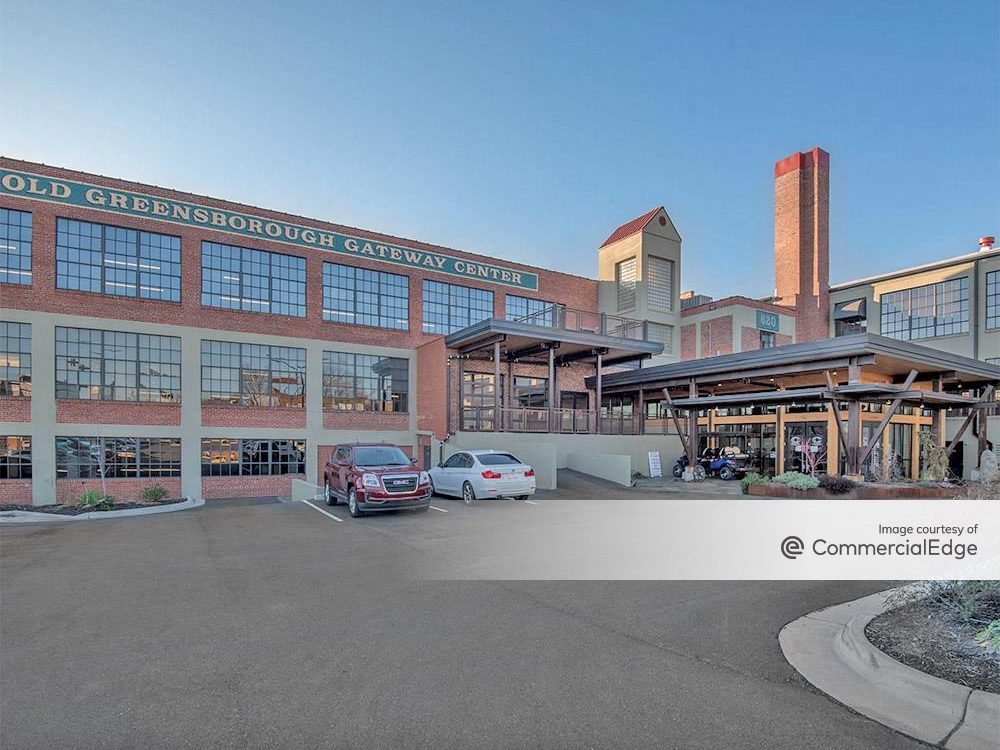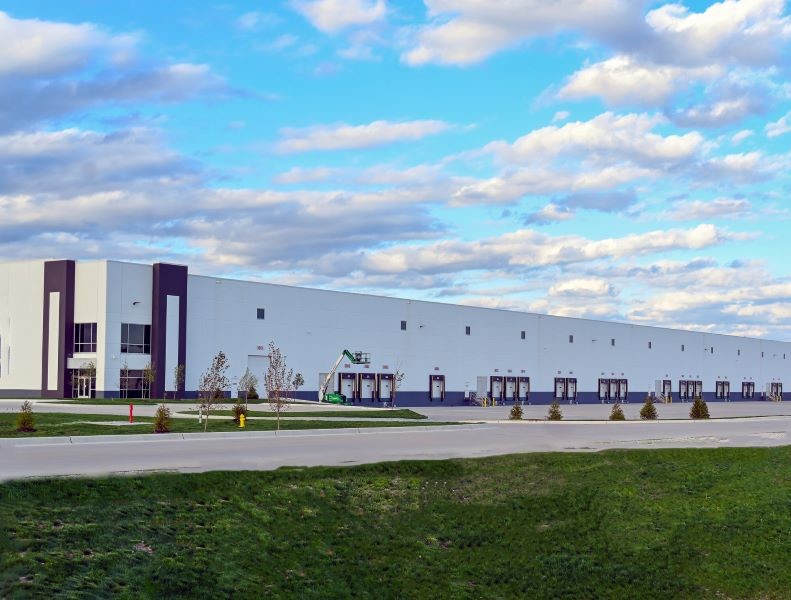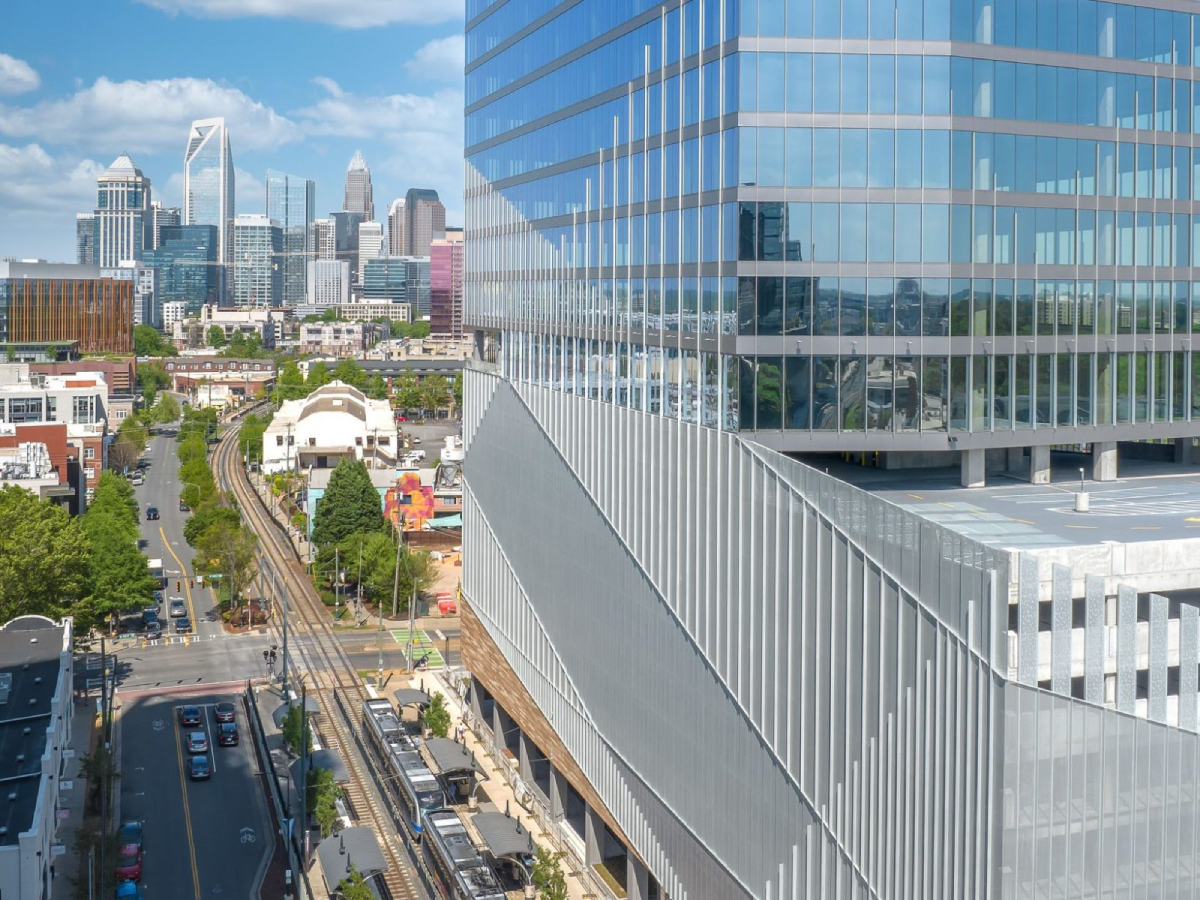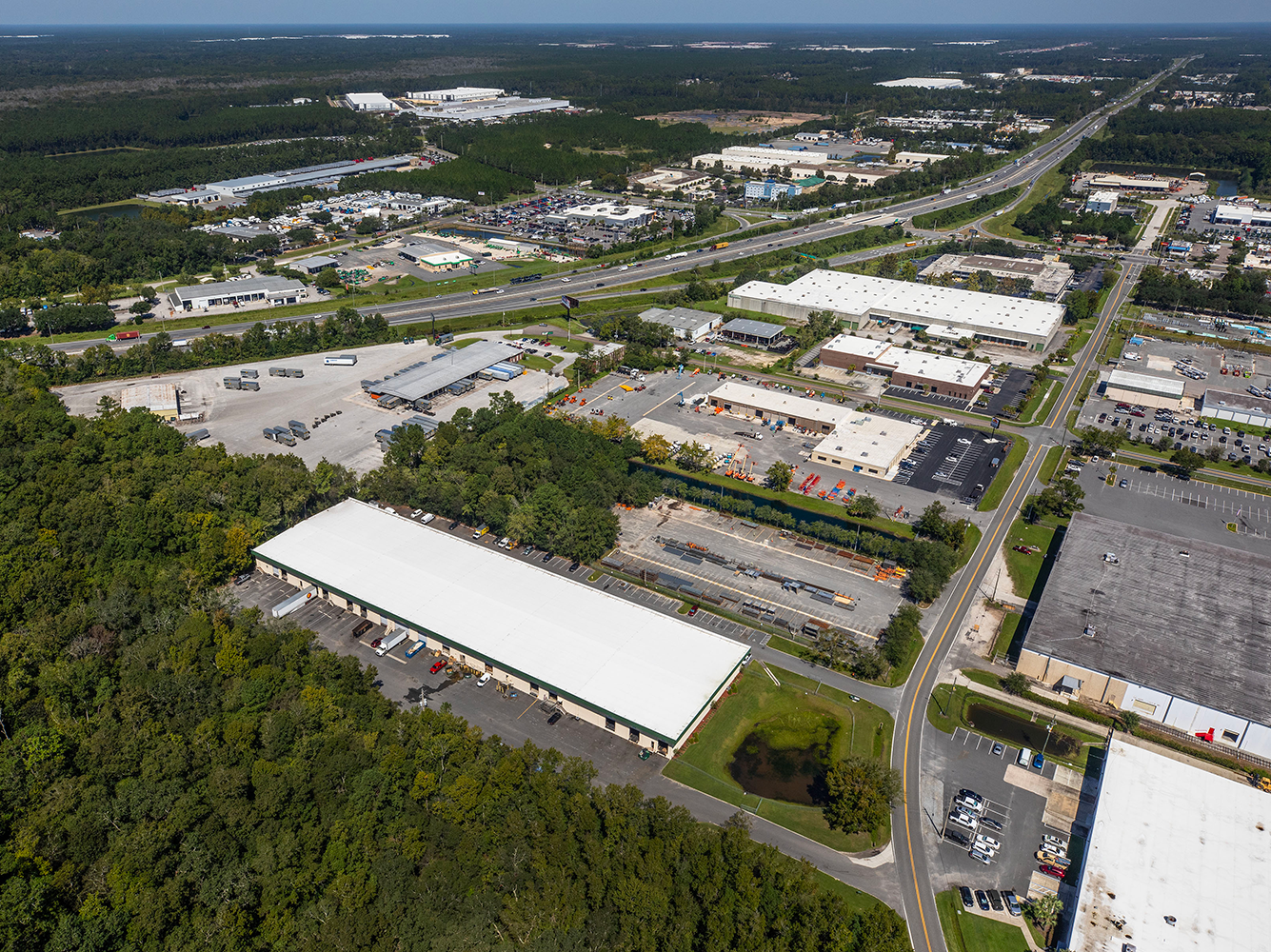Detroit Private-Public Riverfront Revitalization Plan Takes Shape
By Veronica Grecu, Associate Editor After decades of planning to transform Detroit’s downtown riverfront into an attractive site, the project is finally starting to take shape. Green spaces have been introduced in the area between Joe Louis Arena and Belle Isle, [...]
By Veronica Grecu, Associate Editor
After decades of planning to transform Detroit’s downtown riverfront into an attractive site, the project is finally starting to take shape. Green spaces have been introduced in the area between Joe Louis Arena and Belle Isle, the river’s edge has been cleaned and new stores are set to be opened in the next months.
City officials started looking for financing opportunities for this private-public development in 2003 and since then they managed to raise more than $150 million with the help of a key partner, the non-profit Detroit Riverfront Conservancy. The Kresge Foundation offered a $50 million grant and General Motors invested $25 million in the waterfront renovations at its Renaissance Center, which expanded with a GM Plaza and a first half-mile River Walk. A further five-and-a-half mile riverfront is scheduled to be developed from the Ambassador Bridge all the way to the Bell Isle Bridge. The first three-and-a-half miles phase spanning from Joe Louis Arena to Gabriel Richard Park is 80 percent complete.
One of the fully completed developments in this area is the former Omni hotel at 1000 River Place. The hotel was closed in October 2010 and then quickly acquired in November for an undisclosed amount by the Saint Louis-based Roberts Companies only to be reopened in April this year as the new Roberts Riverwalk Hotel & Residence. The building includes 54 hotel rooms and 54 senior housing units.
Two empty industrial buildings located north of the UAW-GM Center for Human Resources is set to be converted into a health complex for seniors with the help of the Henry Ford Health System, the Presbyterian Villages of Michigan and the United Methodist Retirement Communities.
Detroit’s rebirth also focuses on its industrial landmarks; for example, the city’s Wastewater Treatment Plant, the largest single-site wastewater treatment park in the world serving over three million residential, commercial and industrial customers. City officials are working on a plan to ensure long-term compliance with state and federal environmental regulations by August so that the plant can operate freely again. In the 1990s the plant accumulated a series of violations citing the amount of solid waste filling the site, then in 2000 it began operating under strict federal judicial oversight. Phil Argiroff, who works for the Michigan Department of Environmental Quality, said that from 2000 to 2009 the wastewater treatment plant complied with federal regulations. However, in 2009 the solid waste violations started again.
After receiving the second notice of violation the plant’s management hired the Engineering Society of Detroit Institute to evaluate the system and make improvement recommendations. A 22-page report was handed to the management in July 2010 and it included a series of stress points such as insufficiently qualified personnel and weak hiring practices. The key recommendations that would help bring the plant into compliance stress improving procurement and financial accountability, improving customer service and communication, and developing a capital and a financial plan.






